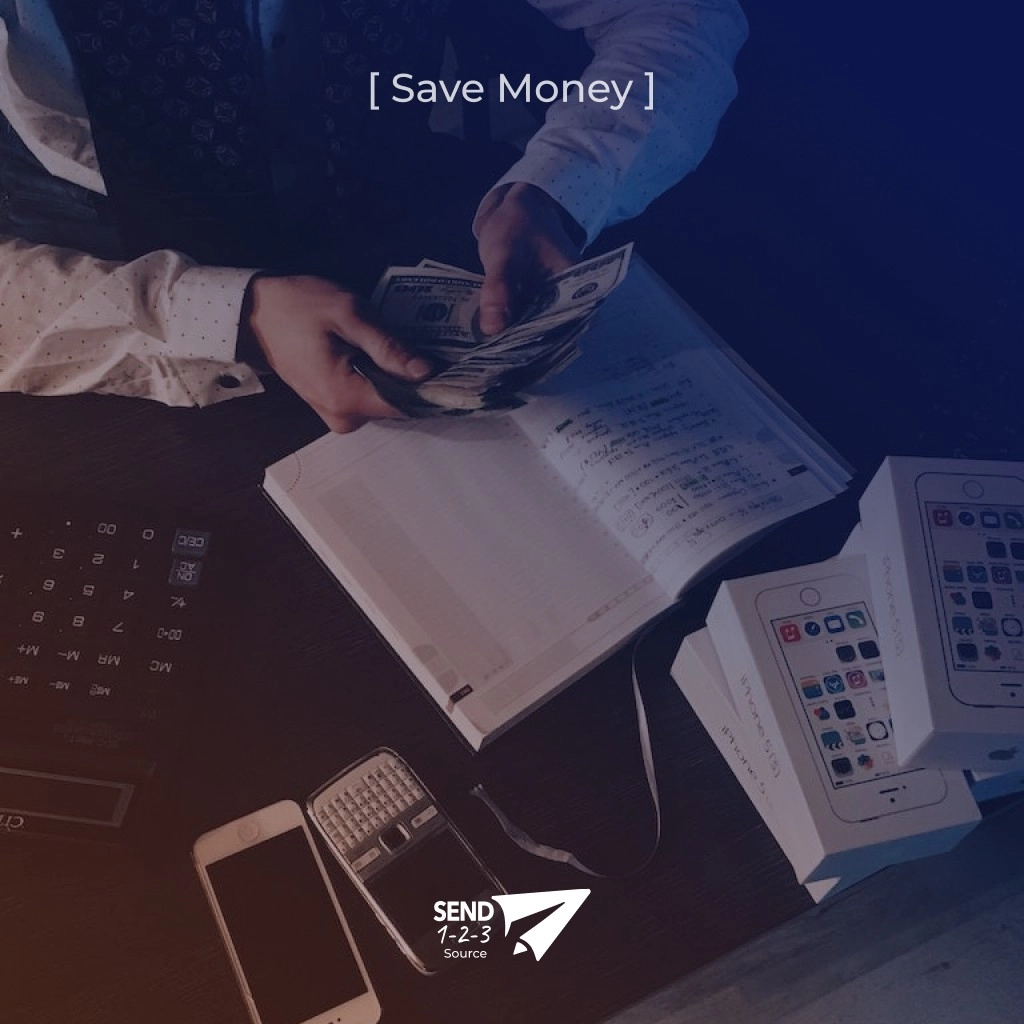Five Key Elements To Consider When Being Paper Choosy


As an eco-business, we are “politely” inundated by friends, family, coworkers, and clients with the ever-present question, “…but what are some easy and concrete measures I can personally take to mitigate my environmental footprint?” Long answer short, there are tons. And one of the many, and probably easiest, has to do with that thrilling purchase of … copy paper.
That’s right, copy paper. That bi-weekly or monthly purchase that keeps you awake at night and is always the topic of engaging cocktail chatter. But did you know (a nice tidbit for any get-together) that paper use is the biggest driver behind deforestation worldwide? Oddly enough, the paper we know and consume today has only been in existence for roughly 200 years. Made from wood pulp, it takes roughly 2 to 3 tons of trees to make just 1 ton of paper and 1 whole tree to make just 1 box of copy paper. Yet, prior to 200 years ago paper was made almost exclusively of recycled rags, textiles and or agricultural waste fibers like cotton, hemp, or sugarcane.
Today the EPA defines recycled paper as containing at least 30% post-consumer waste, which means that 70% of it is not eco-friendly. However, that approachable “100% recycled” logo that you frequently see on paper does not necessarily mean it was made of 100% post-consumer waste. In all reality, said paper could contain very little post-consumer waste. While there are several areas to examine, bleaching is a great first stop in preparing yourself to make the most responsible decision.
Bleaching
So, how exactly was the paper I am consuming bleached? You didn’t think it came that sparkling white, did you? When you purchase white paper, you are consuming paper that has undergone some sort of bleaching process. Water is used, lots of it, which places its own stress on the environment, and chlorinated compounds are also typically employed.
The following are some acronyms/terminologies to key in on when examining the range of recycled paper:• TCF (Total Chlorine Free) – This means that no chlorine or chlorine related compounds were used.
• PCR (Post-consumer recycled fiber) – Signifies it was recovered from paper that was used before by an end-use consumer. A good example is paper from offices or residences.
• ECF (Elemental Chlorine Free) – Indicates no chlorine gas was employed, but other elements that contain chlorine (chlorine dioxide) could have been employed.
• PCF (Process Chlorine Free) – This is key as it is recycled paper that is re-manufactured into paper for consumer use but without chlorine. It meets the EPA’s famous “30%” standard and it is quite likely that the paper was re-bleached using non-chlorine alternatives (hydrogen peroxide, oxygen, and enzymes).
• Acid-free – Implemented to increase paper longevity, this a non-acidic pulping process.
These five terms are industry-wide and easily found on most copy-paper that claims to be environmentally friendly. They might also land you that next hot date if employed correctly in a nocturnal setting. Check out Send 123 paper & stationary offerings here

